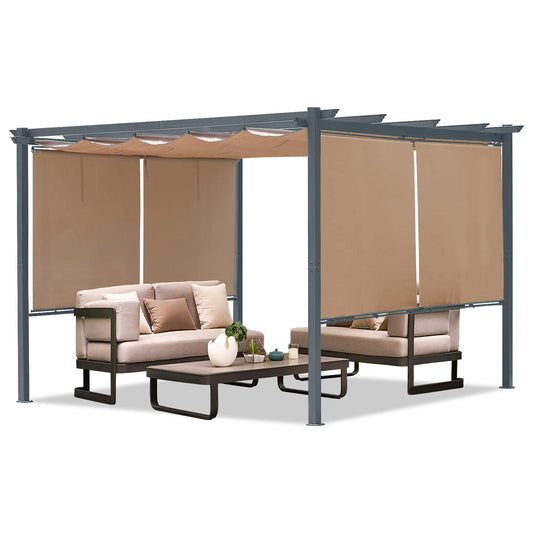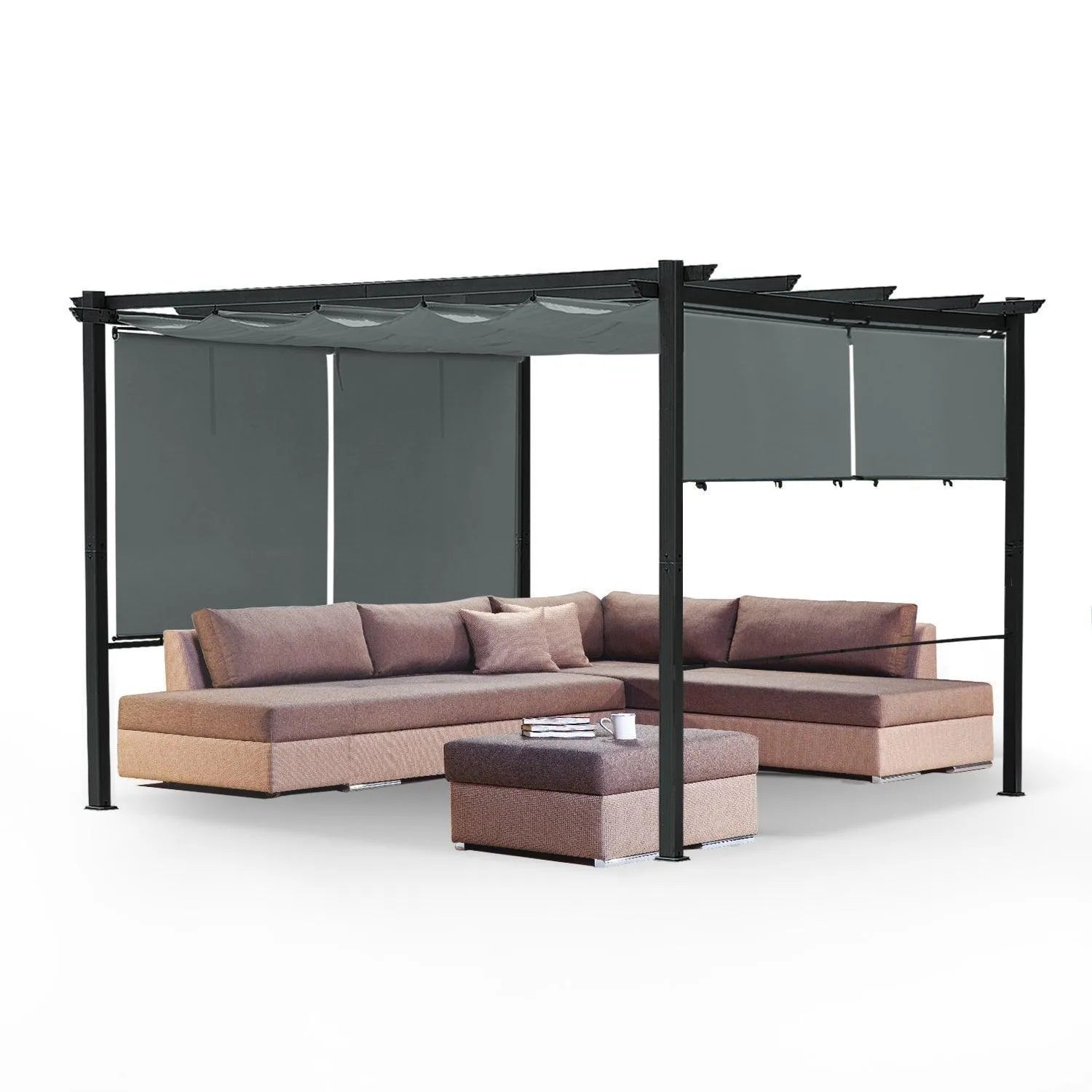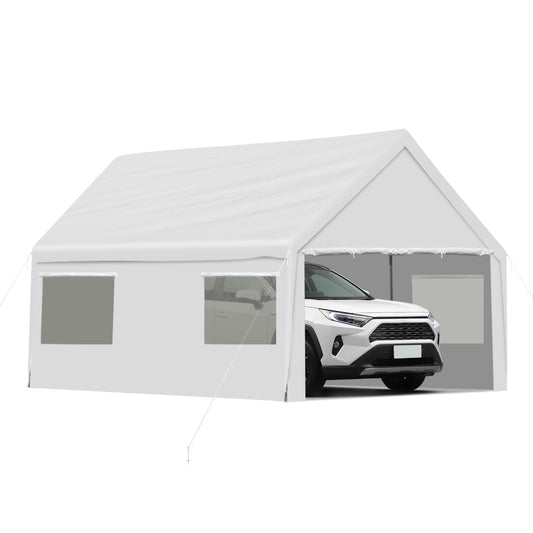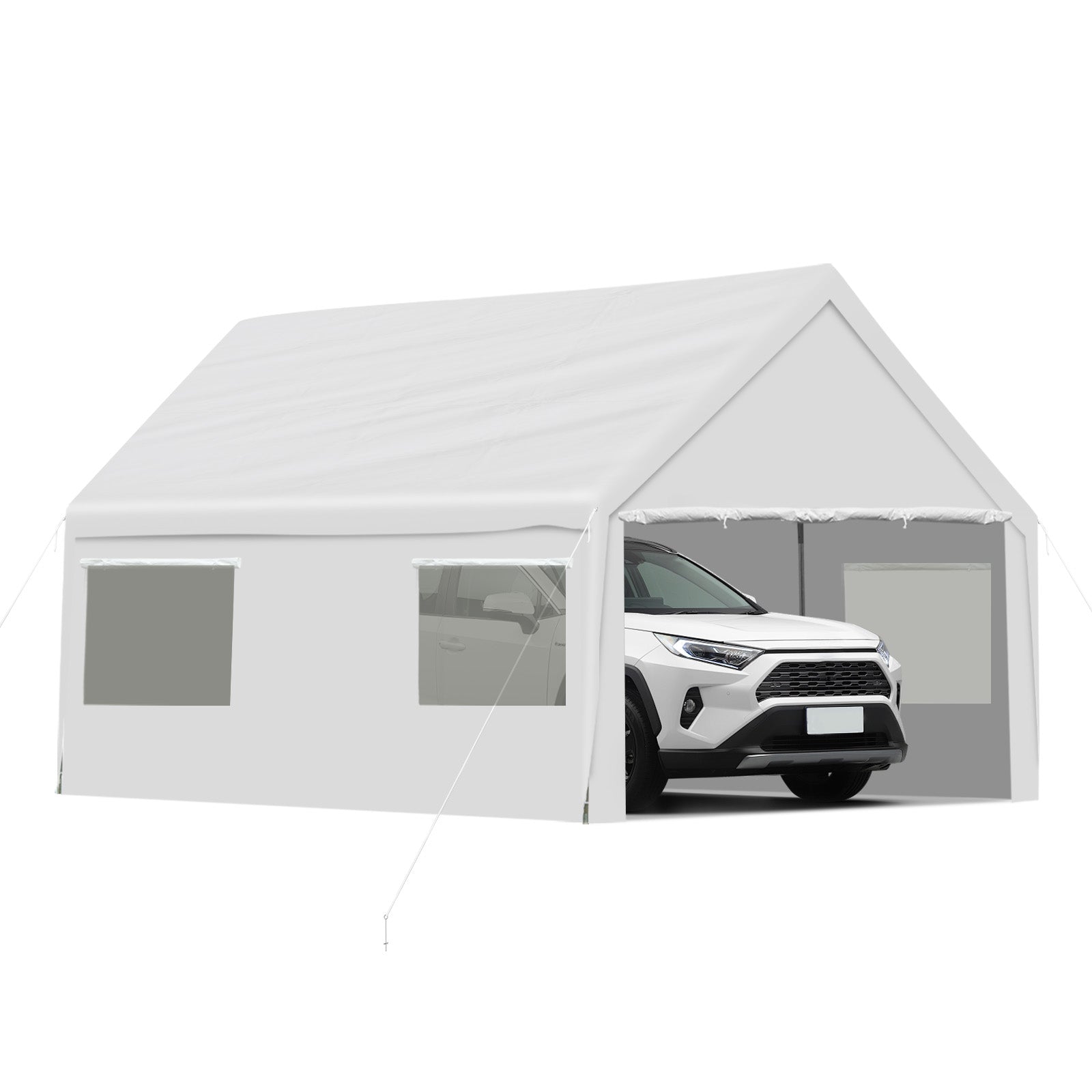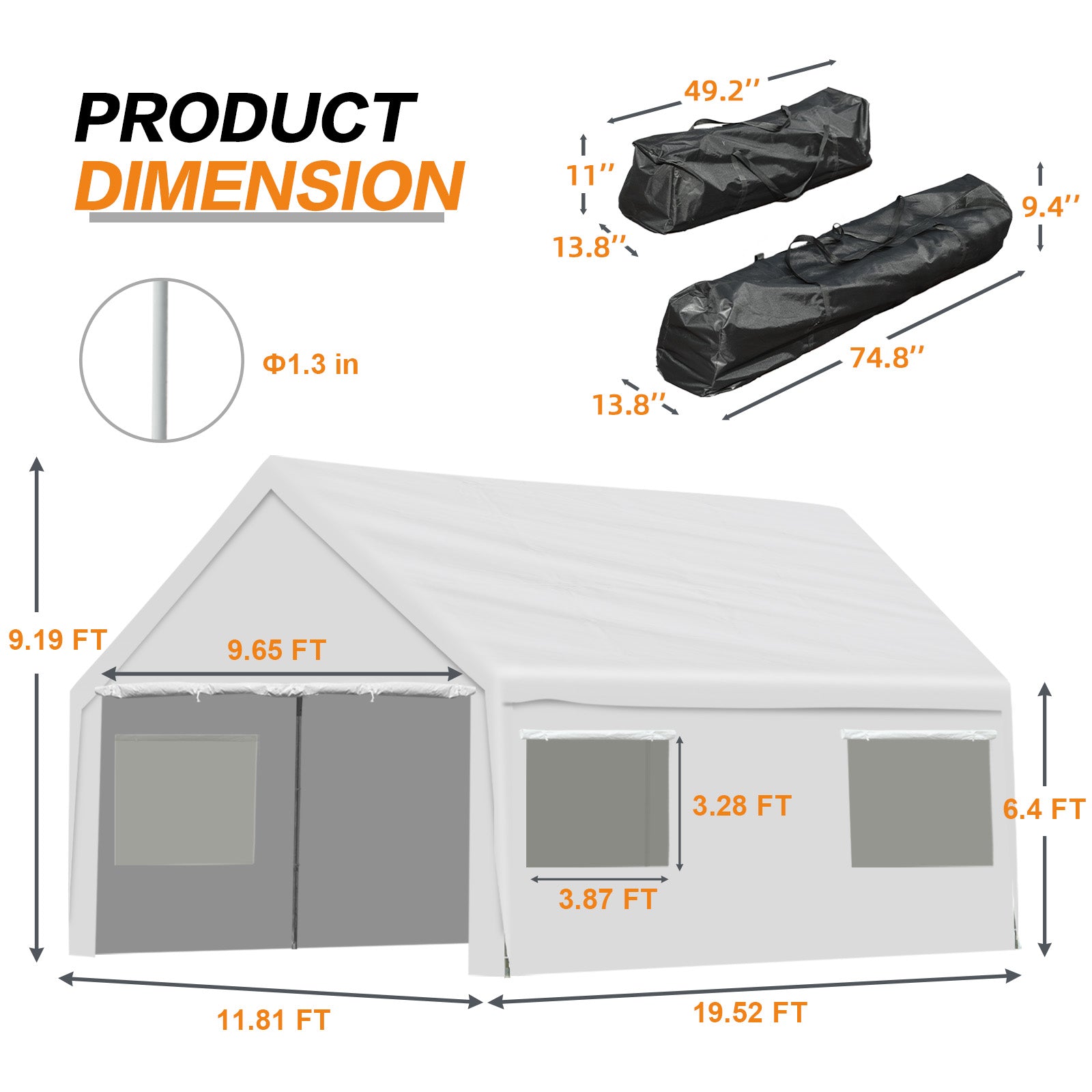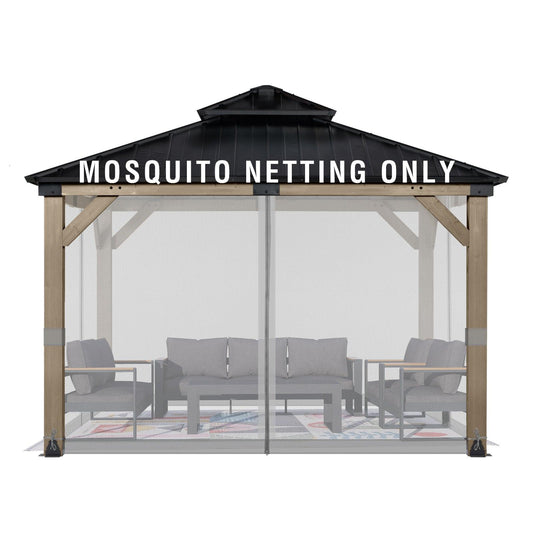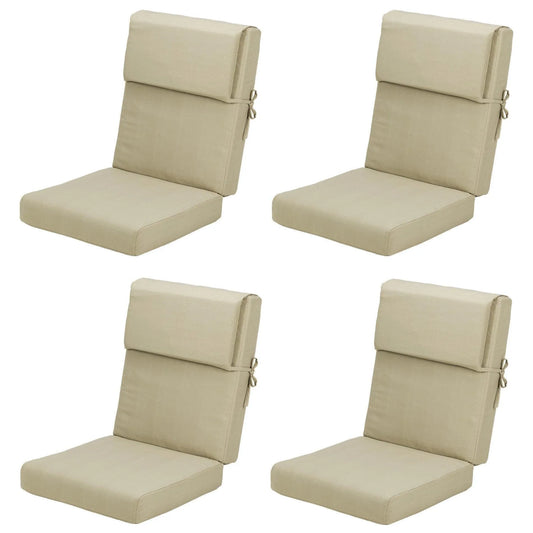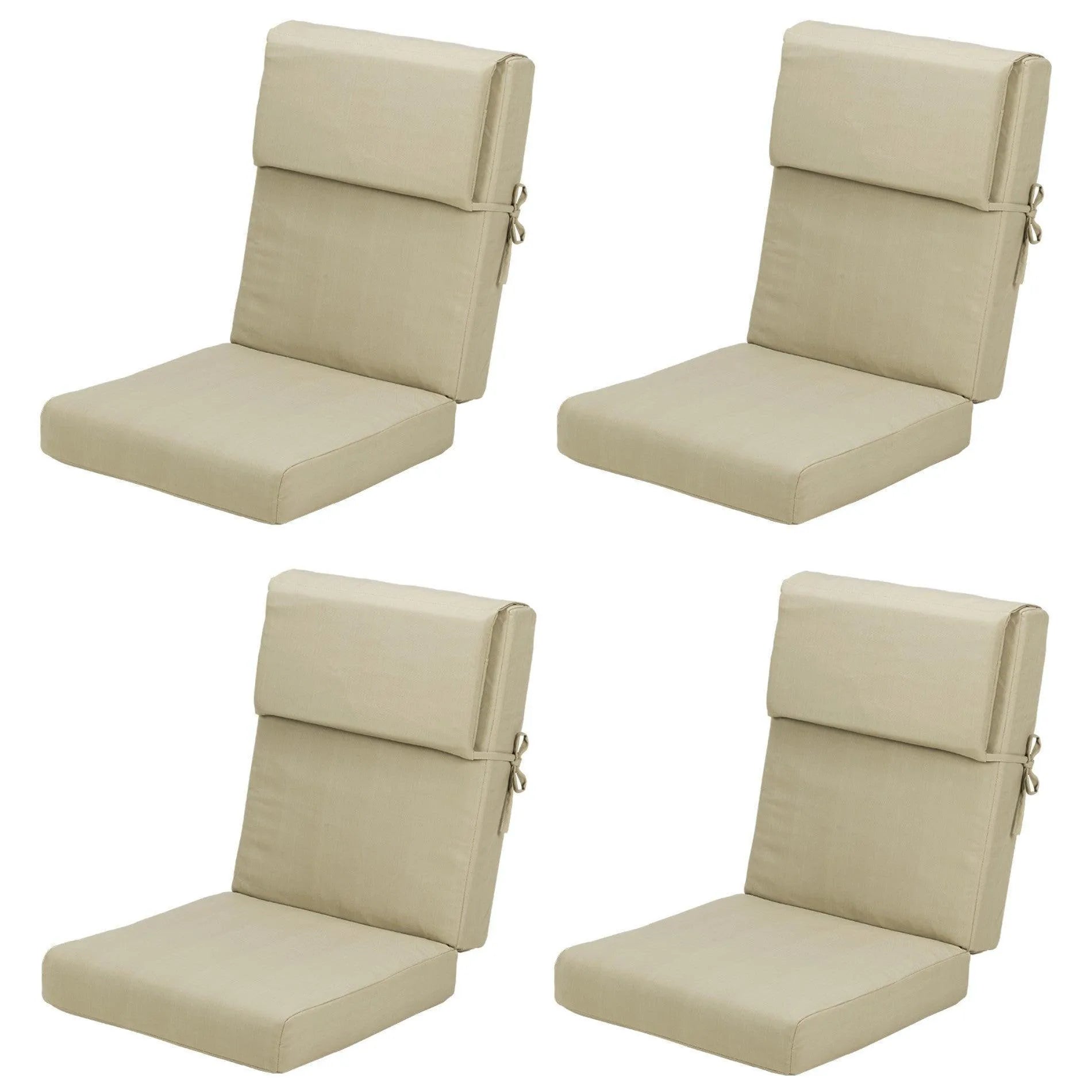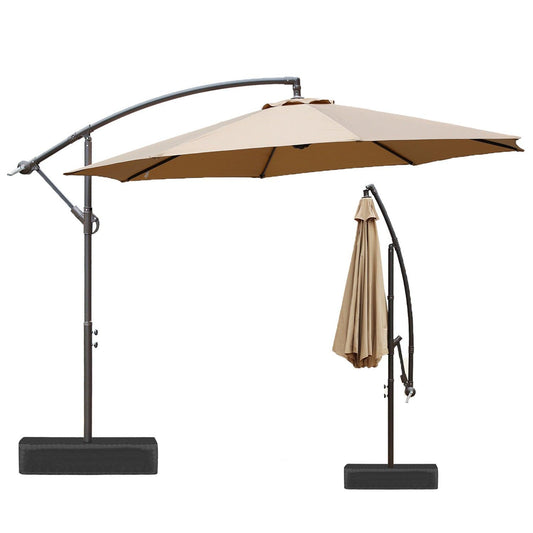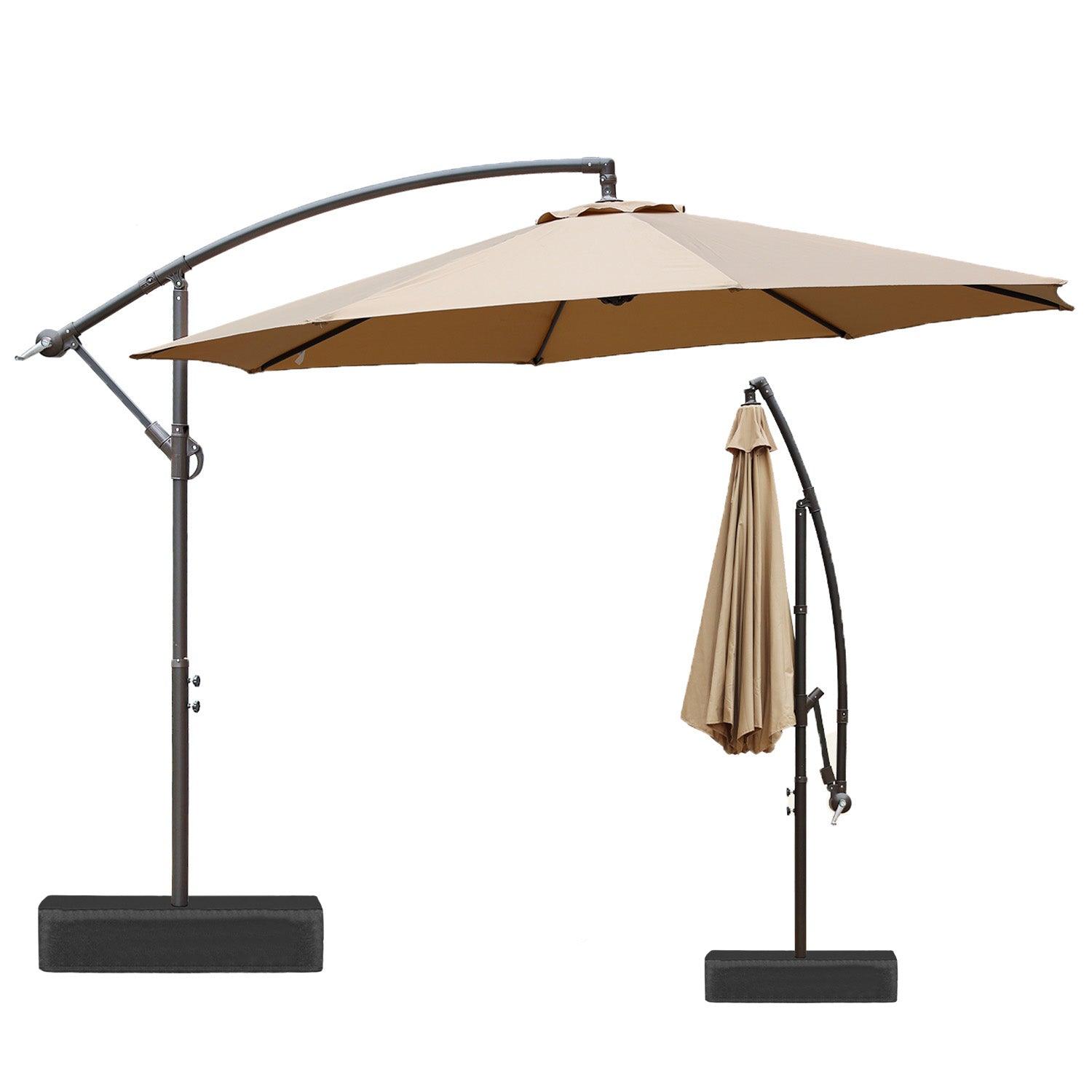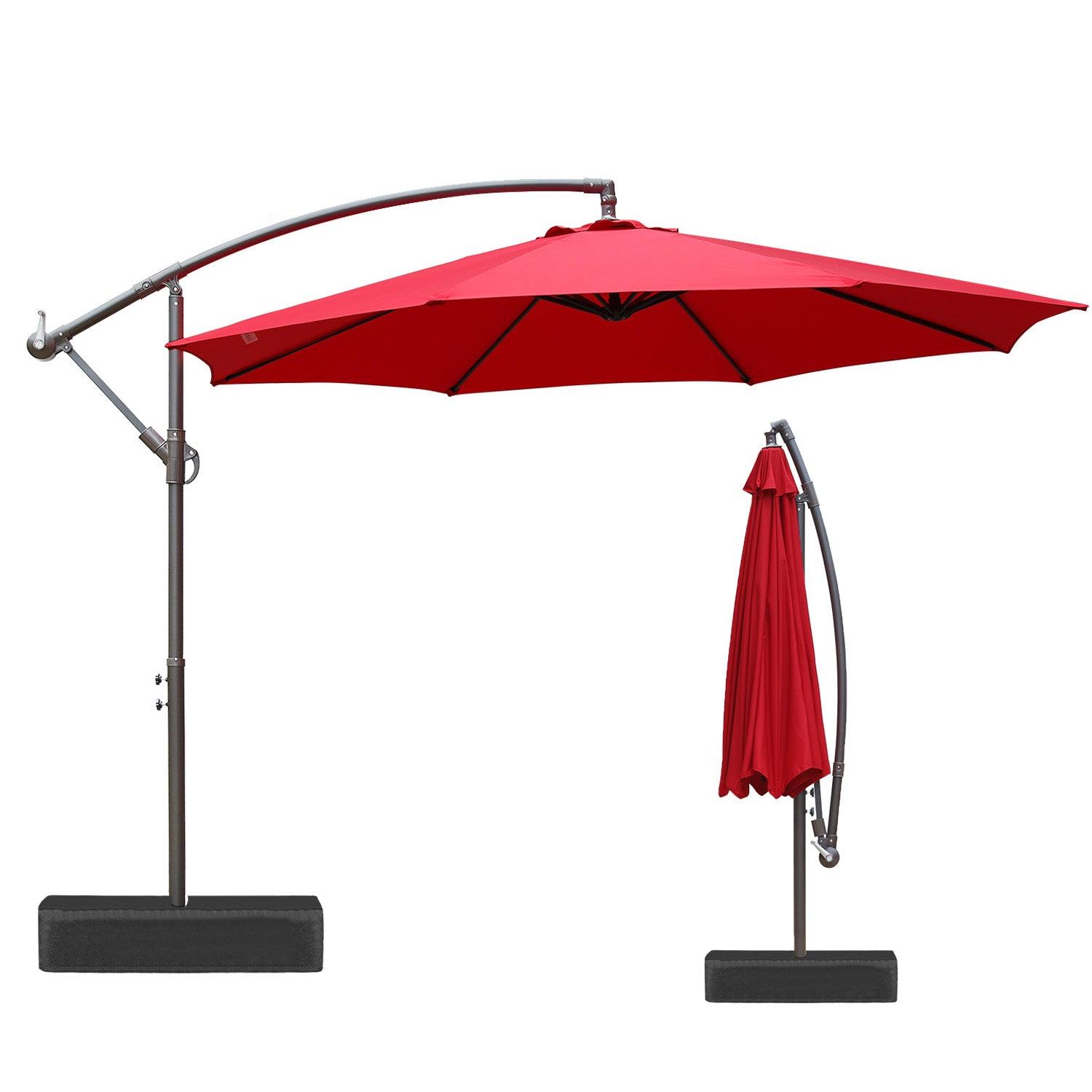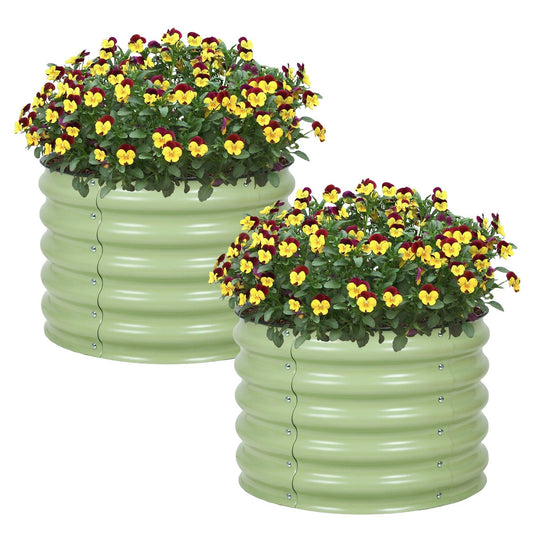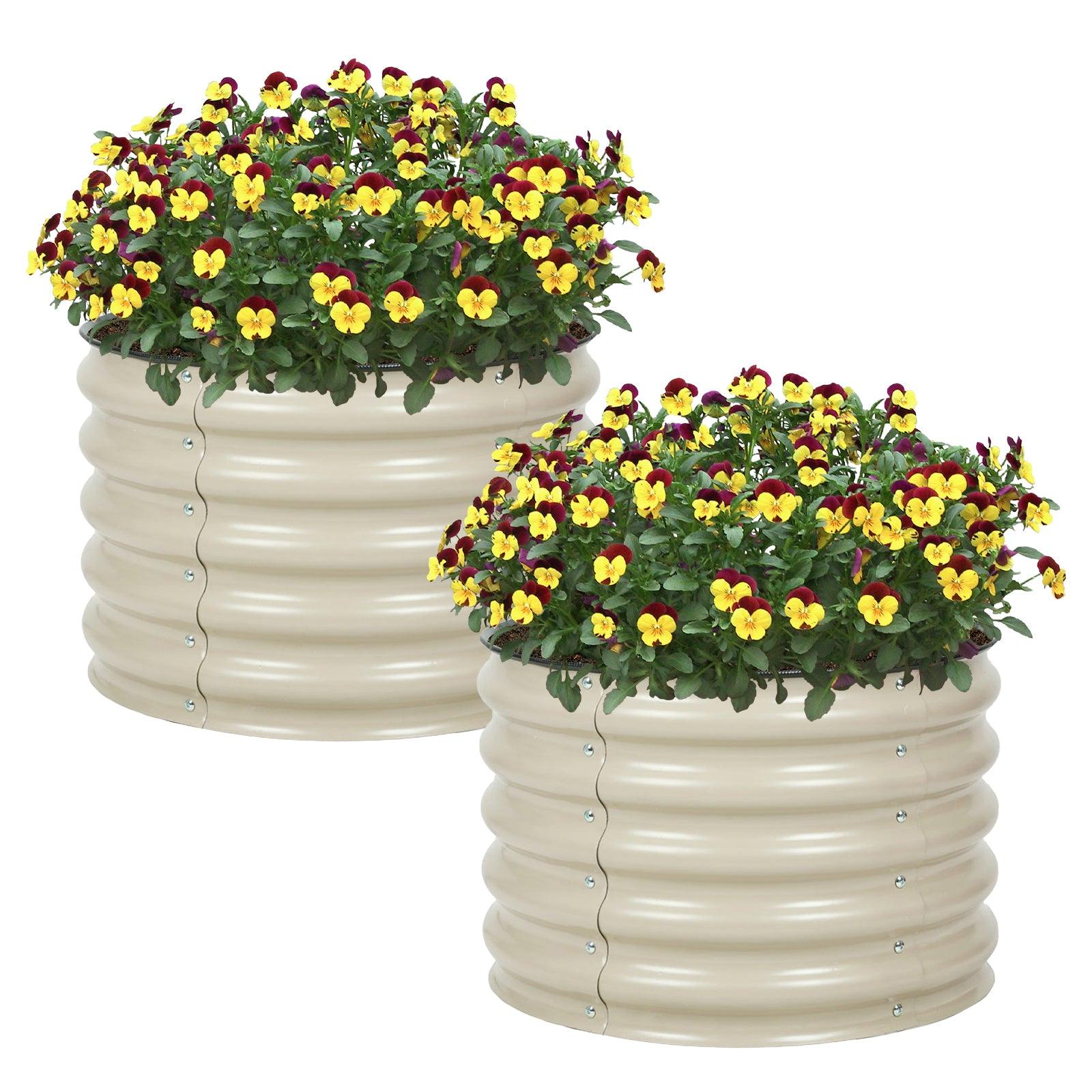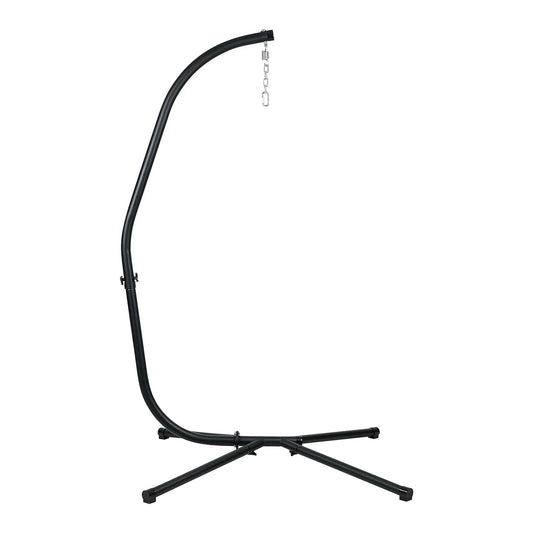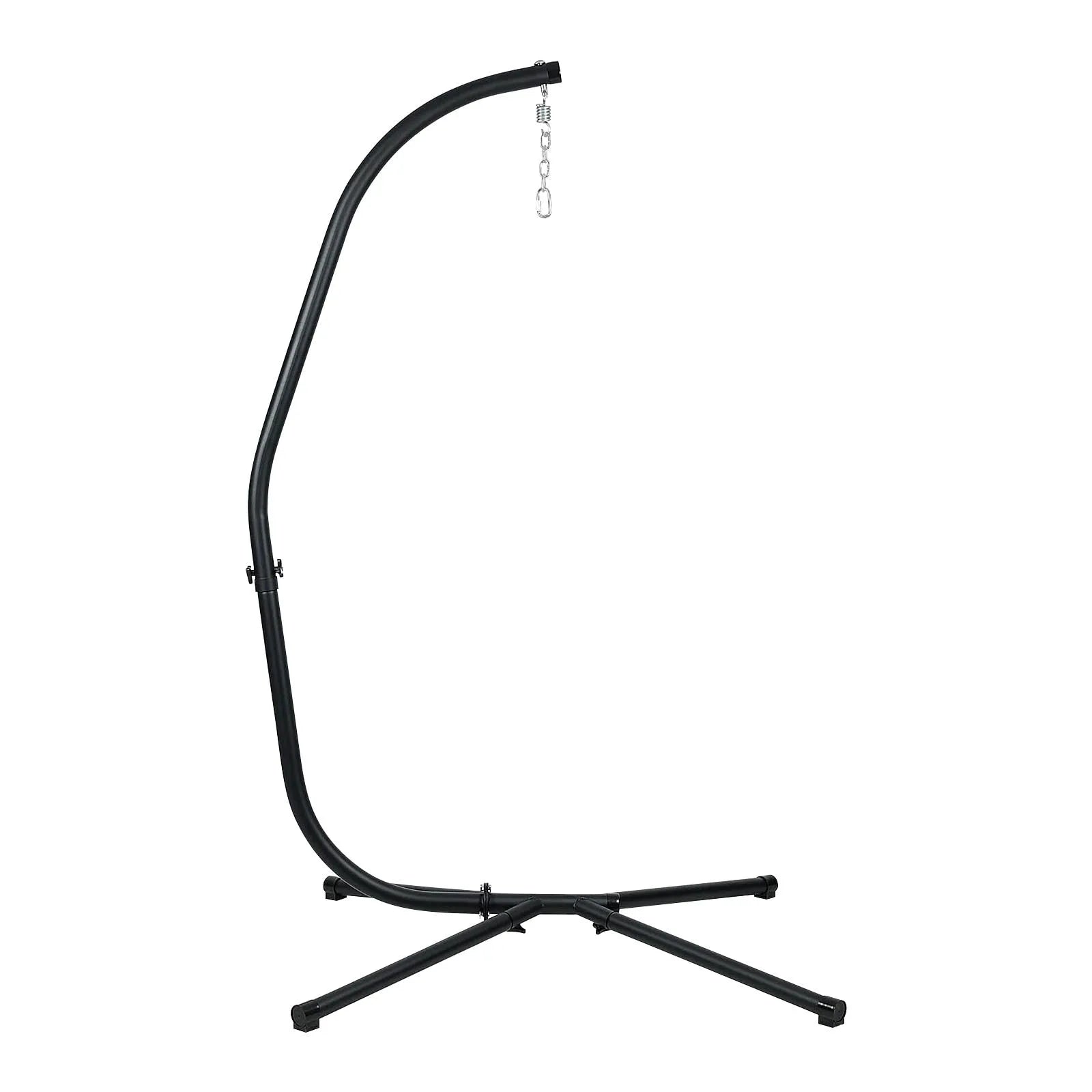Key Takeaways
|
Factor |
Wood Pergola |
Aluminum Pergola |
|
Durability |
10-15 years with care |
25+ years |
|
Maintenance |
High (annual sealing/staining) |
Minimal (occasional cleaning) |
|
Initial Cost |
$2,000-$8,000 |
$3,000-$10,000 |
|
Long-term Value |
Higher ongoing costs |
Lower lifetime cost |
|
Aesthetics |
Warm, traditional, natural |
Modern, sleek, customizable |
|
Installation |
Professional recommended |
DIY-friendly |
|
Weather Resistance |
Vulnerable to elements |
Excellent all-weather |
Introduction
Choosing the right pergola material dramatically impacts your outdoor space's functionality, beauty, and long-term satisfaction. Wood and aluminum stand as the two most popular options for American homeowners, each offering distinct advantages for different lifestyles and priorities. At Aoodor Shop, we help families navigate this critical decision by comparing durability, maintenance, cost, and aesthetics. This comprehensive comparison reveals which pergola material best suits your backyard goals, climate conditions, and budget.
Material Characteristics and Durability
Wood's Natural Appearance and Traditional Charm
Wood pergolas deliver timeless beauty with rich grain patterns and warm tones that blend seamlessly into natural landscapes. Popular species like cedar, redwood, and pressure-treated pine offer varying degrees of natural rot resistance and aesthetic appeal. The organic texture and authentic character of wood create inviting outdoor spaces that feel connected to nature.
However, wood's natural composition makes it vulnerable to environmental factors. Even treated lumber gradually weathers, grays, and becomes susceptible to moisture damage, warping, and structural degradation over time.

Aluminum's Modern Look and Superior Resistance
Aluminum pergolas feature clean lines and contemporary profiles that complement modern architecture. The powder-coated finish provides exceptional resistance to weather, pests, and rot—challenges that constantly threaten wood structures. Unlike wood, aluminum won't crack, split, warp, or deteriorate from exposure to sun, rain, or temperature fluctuations.
Our louvered aluminum pergolas showcase how this material combines durability with innovative functionality, offering adjustable shade control that wooden structures can't match.
Lifespan and Climate Performance Comparison
|
Climate Type |
Wood Lifespan |
Aluminum Lifespan |
Recommendation |
|
Coastal/Humid |
8-12 years |
25+ years |
Aluminum (salt/moisture resistance) |
|
Hot/Dry |
12-15 years |
25+ years |
Either (both perform well) |
|
Snowy/Cold |
10-14 years |
25+ years |
Aluminum (no freeze/thaw damage) |
|
High Wind |
10-15 years |
25+ years |
Aluminum (structural stability) |
The aluminum vs wood pergola debate clearly favors aluminum for longevity, with properly maintained aluminum structures lasting two to three times longer than wood in most climates.
Maintenance Requirements
Regular Wood Upkeep Demands
Wood pergolas require significant ongoing maintenance to preserve appearance and structural integrity. Annual tasks include:
- Cleaning and inspecting for damage, rot, or insect activity
- Sanding and refinishing weathered surfaces
- Applying fresh stain or sealant (every 1-2 years)
- Replacing damaged boards or hardware
- Treating for termites and wood-boring insects
These maintenance costs accumulate substantially over the pergola's lifetime, often adding $200-$500 annually in materials and labor.
Aluminum's Virtually Maintenance-Free Performance
Aluminum pergolas with powder-coated finishes require minimal care. The non-porous surface resists staining, fading, and environmental damage. Maintenance consists of:
- Occasional cleaning with soap and water (2-3 times yearly)
- Inspecting fasteners and connections annually
- No painting, staining, or sealing ever required
Learn more about simple aluminum care in our article on how to clean aluminum pergola.
Long-term Cost Considerations
While wood's initial purchase price may seem attractive, lifetime costs tell a different story. A $5,000 wood pergola requiring $300 annual maintenance over 15 years costs $9,500 total. A comparable $7,000 aluminum pergola with minimal maintenance costs approximately $7,300 over 25+ years—dramatically better value despite higher upfront investment.
Installation and Flexibility
Complexity of Wooden Pergola Installation
Wood pergolas present installation challenges that often necessitate professional help. Heavy lumber requires multiple people to handle safely, precise carpentry skills ensure proper joinery, and complex anchoring systems provide adequate support. Most wooden pergola installations take 2-4 days with professional crews, adding $1,000-$3,000 to project costs.
Aluminum's DIY-Friendly Advantages
Aluminum pergolas arrive as lightweight, pre-engineered modular kits with clear instructions. Key installation benefits include:
- Lighter weight allows one or two people to handle components
- Pre-drilled holes and standardized hardware simplify assembly
- Faster installation (often completed in 1-2 days)
- Reduced labor costs if DIY capable
Our step-by-step pergola installation guide demonstrates how accessible aluminum installation can be for motivated homeowners.
Adaptability and Attachment Options
Both materials accommodate various landscapes and attachment configurations—freestanding, wall-mounted, or integrated with existing structures. However, aluminum's modular design offers superior flexibility for future modifications, expansions, or relocations. Wood structures, once built, resist changes without significant reconstruction.
Visual Appeal and Design Options
Wood's Warm, Rustic Aesthetics
Wood pergolas excel in creating warm, inviting outdoor spaces with organic character. The natural grain patterns, varied tones, and authentic texture appeal to homeowners seeking:
- Traditional or cottage-style architecture
- Natural garden settings
- Rustic or farmhouse aesthetics
- Connection to classic outdoor design
Custom staining allows some color variation, though options remain limited to wood's natural palette.
Aluminum's Sleek, Customizable Finishes
Modern aluminum pergolas offer extensive design flexibility through powder-coating technology. Available finishes include:
- Contemporary solid colors (white, black, bronze, gray)
- Wood-grain patterns mimicking natural timber
- Custom colors matching home exteriors
- Metallic or textured options
This versatility makes the vinyl vs aluminum pergola or aluminum vs wood pergola decision more complex—aluminum can now replicate wood's appearance while retaining all its durability advantages.
Impact on Outdoor Ambiance
Your pergola material choice significantly influences your outdoor space's overall feeling. Wood creates cozy, organic environments perfect for cottage gardens and traditional homes. Aluminum delivers clean, sophisticated spaces that complement contemporary architecture and modern landscaping. Browse our pergola collection to visualize how different materials transform outdoor aesthetics.
Weather Resistance and Safety
Wood's Environmental Vulnerabilities
Despite treatments and protective finishes, wood faces constant environmental threats:
|
Threat |
Impact on Wood |
Prevention Requirements |
|
Moisture |
Rot, mold, warping |
Annual sealing, proper drainage |
|
Insects |
Structural damage |
Chemical treatments, inspections |
|
UV Exposure |
Fading, brittleness |
Regular staining, UV-protective finish |
|
Fire |
Combustible material |
Distance from grills, fire-retardant treatments |
|
Temperature |
Expansion, cracking |
Quality wood selection, proper installation |
These vulnerabilities make wood pergolas particularly challenging in harsh climates or high-maintenance scenarios.
Aluminum's Comprehensive Protection
Aluminum pergolas resist virtually all environmental challenges:
- Rust-proof: Won't corrode even in coastal salt spray
- Rot-resistant: Impervious to moisture damage
- Pest-proof: No nutritional value for termites or borers
- Fire-resistant: Non-combustible material enhances safety
- Weather-stable: Unaffected by temperature extremes or UV exposure
Climate-Specific Recommendations
Coastal Regions: Aluminum's salt resistance makes it essential for oceanfront properties where wood deteriorates rapidly.
Snowy Areas: Aluminum handles heavy snow loads without warping; wood can twist and crack from freeze-thaw cycles.
Hot Climates: While both materials handle heat, aluminum won't dry out, crack, or require moisture-replacement treatments.
High Humidity: Aluminum's non-porous surface prevents moisture absorption that causes wood rot and mold growth.
Cost and Long-term Value
Upfront Investment Comparison
Initial pergola material costs vary significantly based on size, design complexity, and quality:
Wood Pergolas: $2,000-$8,000 for typical 10x10 to 12x12 structures
- Pressure-treated pine: $2,000-$4,000
- Cedar: $4,000-$6,000
- Redwood: $6,000-$8,000+
Aluminum Pergolas: $3,000-$10,000 for comparable sizes
- Basic models: $3,000-$5,000
- Premium/louvered: $6,000-$10,000+
Total Lifetime Cost Analysis
When evaluating wood vs aluminum pergola economics, consider the complete ownership picture:
15-Year Wood Pergola Cost:
- Initial purchase/installation: $5,000
- Annual maintenance (avg): $300 x 15 = $4,500
- Major repairs/replacement: $1,000
- Total: $10,500
25-Year Aluminum Pergola Cost:
- Initial purchase/installation: $7,000
- Minimal maintenance: $50 x 25 = $1,250
- Repairs: Minimal ($200)
- Total: $8,450
Despite higher upfront costs, aluminum delivers superior long-term value through dramatically reduced maintenance and extended lifespan.
Investment and Property Value
Both pergola materials enhance property values, but aluminum's permanent nature and low-maintenance appeal attract more buyers. Quality aluminum structures often recoup 60-80% of installation costs at resale, compared to 40-60% for aging wood pergolas requiring immediate maintenance.
Environmental and Sustainability Aspects
Wood as a Renewable Resource
Wood pergolas offer environmental advantages when sourced responsibly:
- Renewable resource when harvested from managed forests
- Carbon sequestration during tree growth
- Biodegradable at end of life
- Natural material requiring minimal processing
However, chemical treatments for rot and pest resistance introduce environmental concerns, and deforestation remains problematic when wood isn't certified sustainable.
Aluminum's Recyclability and Longevity
Aluminum presents different sustainability considerations:
- Highly recyclable (most aluminum contains 30-50% recycled content)
- Extended lifespan reduces replacement frequency
- Minimal chemical treatments needed
- Energy-intensive initial production (offset by durability)
The low maintenance pergola materials debate increasingly favors aluminum as homeowners prioritize longevity and reduced chemical use over renewable sourcing.

Sustainable Building Alignment
For environmentally conscious homeowners:
- Choose FSC-certified wood if selecting timber options
- Prioritize recycled-content aluminum products
- Consider the complete lifecycle, not just initial materials
- Factor in transportation distances for local sourcing
Our pergolas with shade canopy combine aluminum durability with energy-efficient shade solutions that reduce home cooling costs.
FAQs
1. How much does a louvered pergola cost?
Louvered pergolas typically range from $6,000 to $15,000 depending on size, features, and installation complexity. Aluminum louvered models offer the best value with adjustable slats for customizable shade, built-in drainage systems, and minimal maintenance requirements.
2. How to install aluminum pergola?
Aluminum pergola installation involves preparing a level foundation, assembling pre-fabricated components following manufacturer instructions, and securing the structure with appropriate anchoring systems. Most DIY-capable homeowners complete installation in 1-2 days. Check our detailed pergola installation guide for step-by-step instructions.
3. How to clean an aluminum awning on a house?
Clean aluminum awnings using mild soap and water with a soft brush, rinse thoroughly, and allow to air dry completely. Avoid abrasive cleaners that can damage powder-coated finishes. For detailed maintenance tips and best practices, see our comprehensive article on how to clean aluminum pergola.
4. How tall should a pergola be?
Standard pergola height ranges from 10-12 feet, providing adequate clearance for comfort while maintaining intimate outdoor room atmosphere. Height considerations include ceiling clearance for furniture, air circulation needs, and proportion to your home's architecture. Learn more about optimal dimensions in our pergola height guide.
5. How to build a louvered pergola roof?
Building a louvered pergola roof requires precise engineering for the rotating slat mechanism, waterproof seals, and motorized controls if desired. Due to complexity and specialized components, purchasing pre-engineered aluminum louvered systems offers better results and warranties than custom DIY construction.
Conclusion
The wood vs aluminum pergola decision ultimately depends on your priorities, lifestyle, and environmental conditions. Aluminum emerges as the superior choice for homeowners valuing longevity, minimal maintenance, weather resistance, and long-term cost effectiveness. Its 25+ year lifespan, virtually maintenance-free performance, and excellent all-weather protection make it ideal for busy families and challenging climates.
Wood remains an excellent option for those prioritizing traditional aesthetics, natural materials, and authentic rustic charm—provided you're prepared for regular maintenance commitments. Consider your specific needs: coastal humidity, extreme weather, available maintenance time, and design preferences when making your final decision.
Ready to invest in your perfect pergola? Visit Aoodor Shop today and find the durable, beautiful pergola that perfectly matches your backyard vision and lifestyle needs.




